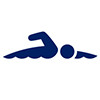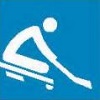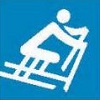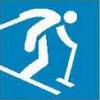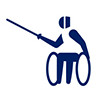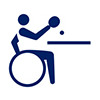Paralympic shooting, also known as shooting Para sport, is an adaptation of shooting sports for competitors with disabilities. Shooting is a test of accuracy and control, in which competitors use pistols or rifles to fire a series of shots at a stationary target. Each shot is worth a maximum score of 10.9 points. Athletes use .22 caliber rifles, pistols and .177 caliber air guns (compressed air or pneumatic).
Competitions are open to all athletes with a physical disability. Shooting utilizes a functional classification system, which enables wheelchair users and ambulant athletes from different disability classes to compete together either individually or in teams.
Athletes compete in rifle and pistol events from distances of 10, 25 and 50 meters, in men’s, women’s and mixed competitions. Of the 12 Paralympic Shooting events, six are open to both women and men, three are open to women only and three are open to men only.
The sport is governed by International Paralympic Committee (IPC) and co-ordinated by the World Shooting Para Sport Technical Committee following the modified rules of the International Shooting Sport Federation (ISSF). These rules consider the differences that exist between shooting for the able-bodied and shooting for persons with a disability.
In November 2016, IPC changed the official name of the sport to “shooting Para sport”, and renamed the coordinating committee from “IPC Shooting Sport Technical Committee” to reflect this change.
